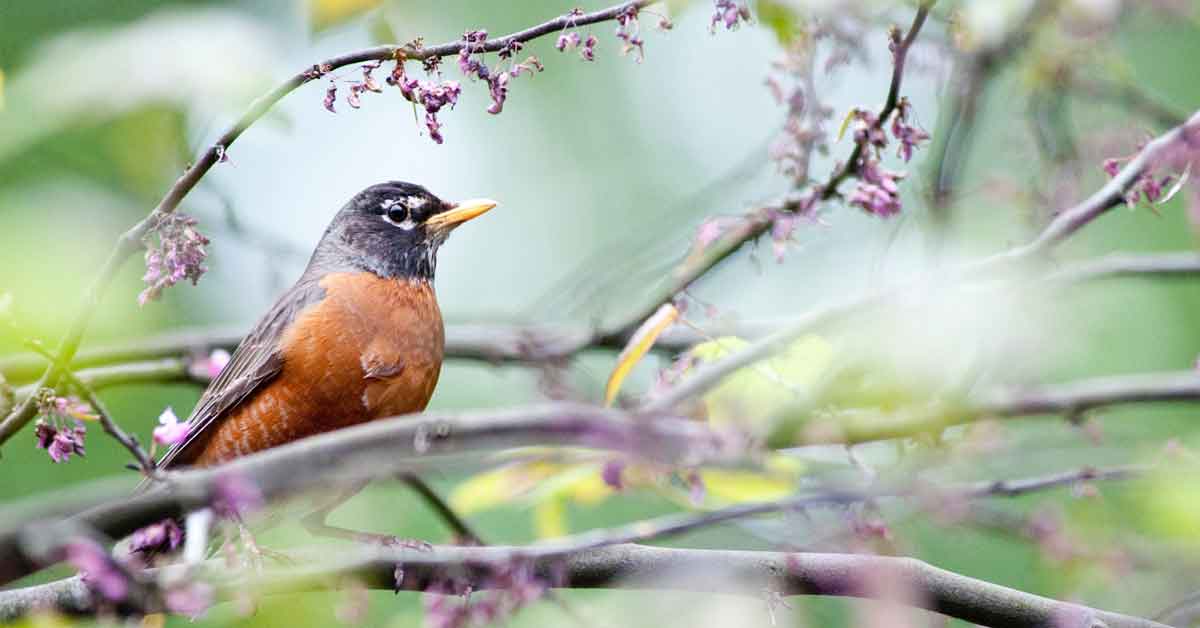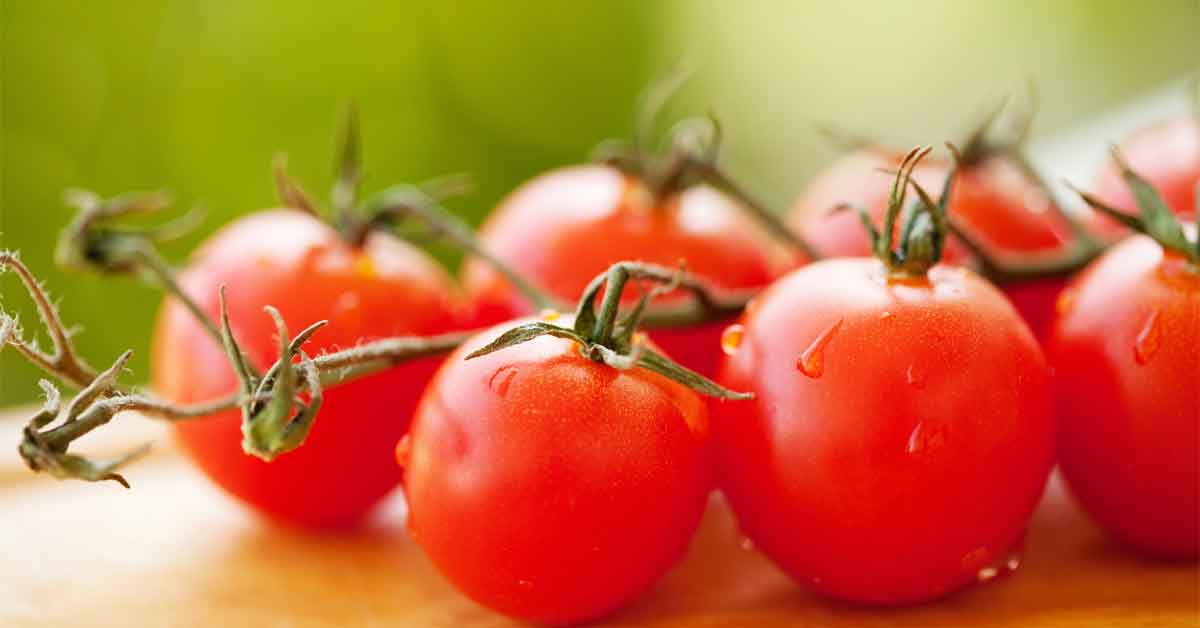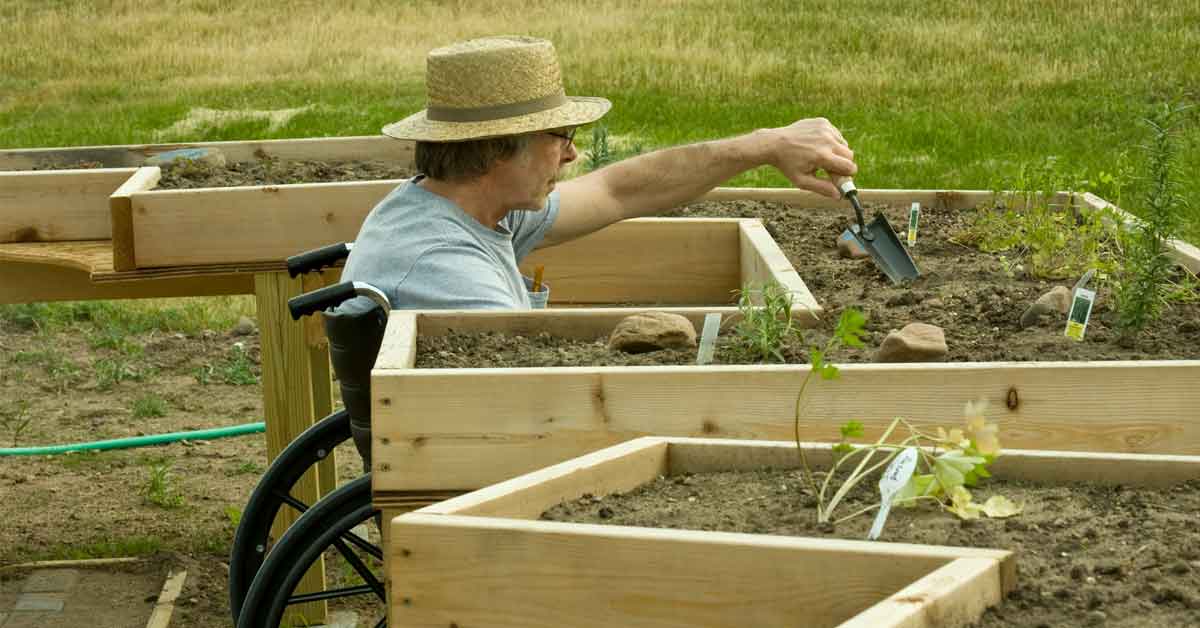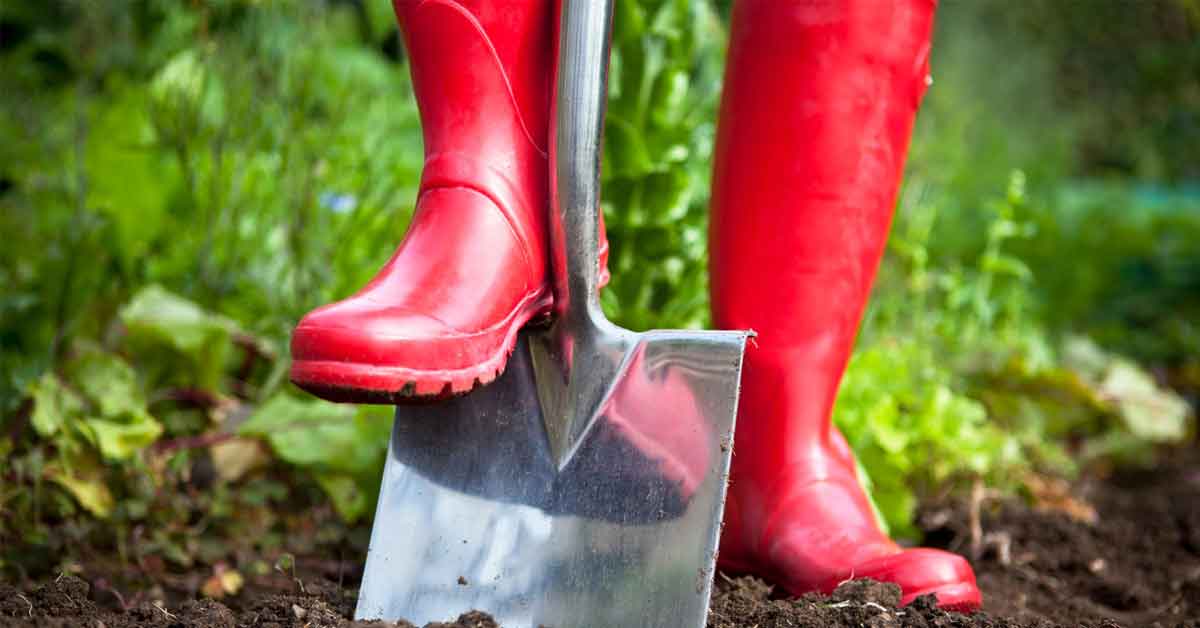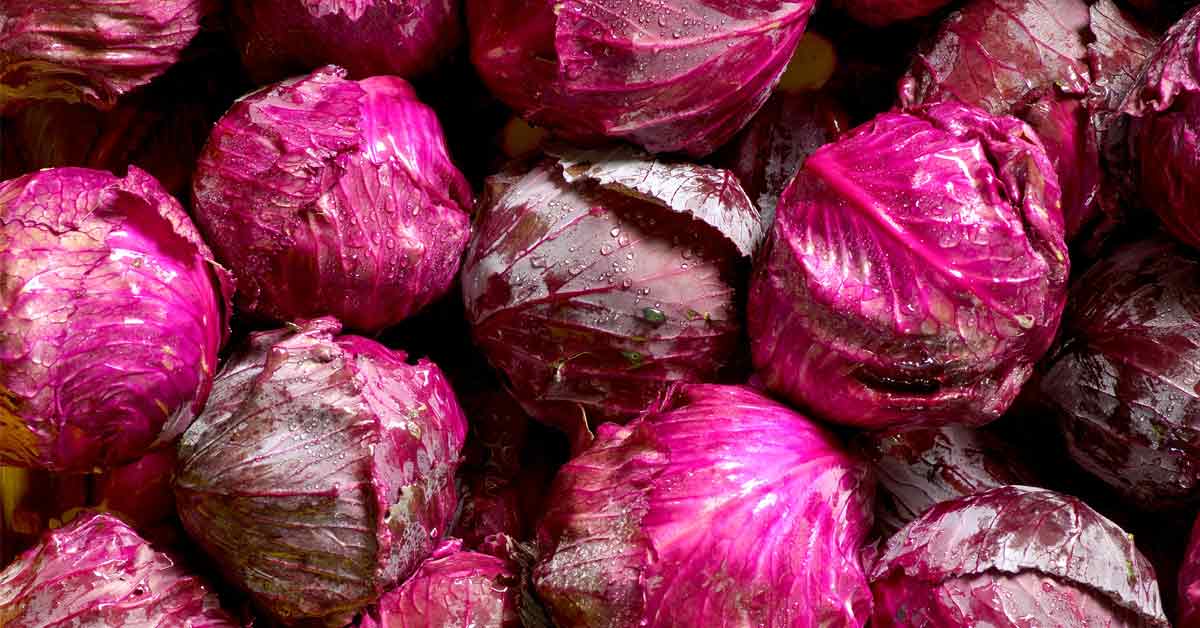Why and How to Attract Birds to Your Lawn & Garden
As land development has increased, bird populations have decreased.1 Loss of habitat and natural food sources have caused some birds to become extinct, including a species of sharp-tailed grouse that has been lost forever.2 As many as 100 other bird species are now considered endangered or threatened.3 While you can't stop progress, you can help support wild bird populations by creating an attractive habitat for them in your backyard.
Benefits of Attracting Birds
Beautiful birds, such as cardinals, finches and robins, add color and music to the yard. Bird watching is relaxing, and coffee on the patio seems a little more enjoyable when accompanied by songbirds. While birds are delightful, they have much more to offer than aesthetics:
- Caring for birds by providing food and habitats encourages children to spend time outside and teaches them the importance of nurturing mother nature. When kids participate in caring for wild birds, they develop respect for the environment.
- As birds move between plants, trees and bushes, some types act as pollinators by moving pollen from one flower to another. Pollination is vital to produce fruit and seeds. While this process is often credited to bees, there are many different types of pollinators, including hummingbirds and butterflies and other insects.5
- Important members of the food chain, birds offer natural pest control. Wild birds help manage pests, such as mosquitoes and Japanese beetles.4 For insect problems birds can't handle, trusted products such as Sevin® garden insecticides can help. Tough on pests, but gentle on gardens, Sevin Insect Killer Ready To Use2 kills more than 700 listed insect pests on contact to help protect bird-friendly landscapes, even when edibles and ornamentals intermix.
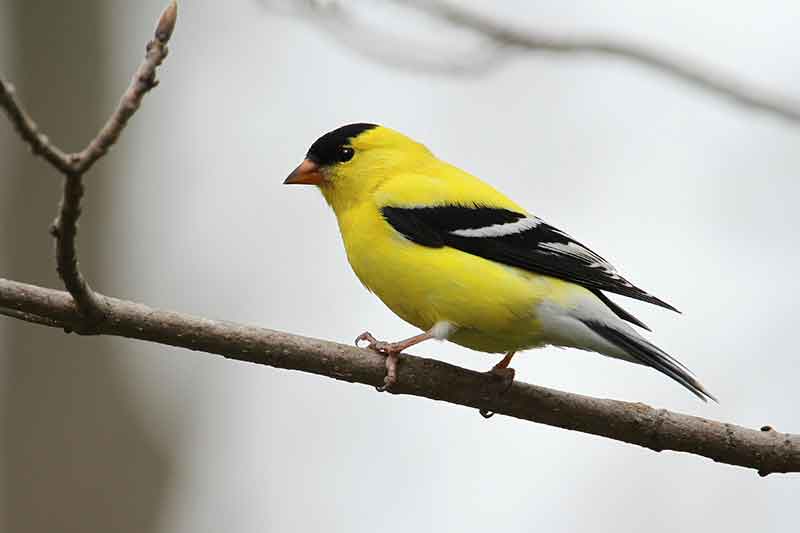
How to Attract Birds
Attract a wide variety of birds to your yard by providing them with basic needs: food, water and shelter. Pennington® Ultra wild bird blends offer high quality seed to attract a variety of beautiful birds to your yard. Some blends, such as Pennington® Ultra Waste Free Nuts & Fruit Blend, also include special ingredients favored by specific birds, such as chickadees, cardinals and purple finches. Select a blend based on your region and the types of birds you want to attract. A small bird bath is a low-cost option as a water source for birds. Rinse and refill the bird bath often to encourage birds to return frequently. Make sure your feathered friends have plenty of shelter by planting trees, bushes and decorative grasses — welcoming habitats in which birds can hide, nest and breed.6
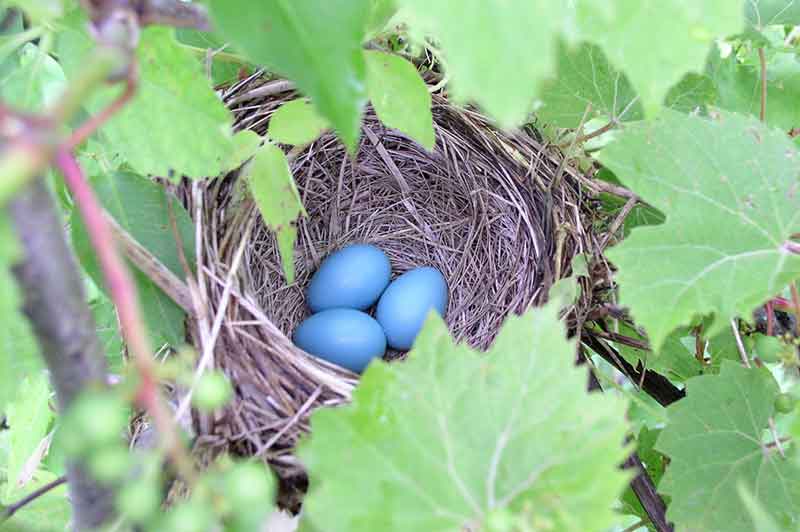
Make Your Own Bird Feeder with Pennington Wild Bird Food
Feeding birds is fun and educational for the whole family. You can make simple bird feeders that provide wild birds with necessary fat and nutrients by using two main ingredients: Pennington® Wild Bird Food and lard:
Materials:
- Muffin pan
- Cupcake liners
- 12 feet of natural twine
- 1 cup lard
- 2 cups Pennington® Wild Bird Food
Instructions:
- Poke a hole in the center of the bottom of 12 cupcake liners.
- Cut 12 pieces of twine into 12-inch lengths.
- Tie a knot at one end of one length of twine, and pull the other end through the hole in the bottom of a cupcake liner until the knot is at the base of the liner. Repeat for all cupcake liners.
- Place one cupcake liner in each section of the muffin tin.
- Melt the lard in a saucepan over low heat until it liquifies.
- Put the melted lard and the Pennington® Wild Bird Food in a mixing bowl, and then stir with a spoon until well combined.
- Spoon about 1/4 cup of the birdseed mixture into each of the prepared cupcake liners. Gently lift the twine so that it sticks out of the top of each cake.
- Refrigerate for at least one hour.
- Once the cakes are solid, remove them from the muffin pan and peel away the cupcake liner.
- Use the string to hang the feeder on low tree branches to feed birds.
- Place only a few cakes outside. Freeze the rest until you're ready to use them.
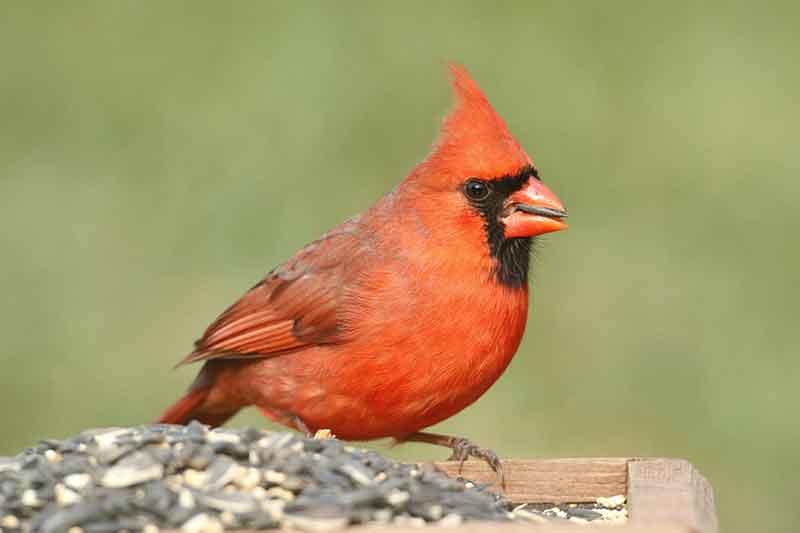
As bird populations increase in your backyard, you'll enjoy learning more about them. Keep a pair of binoculars and a bird identification book handy, so you can watch and read about the new feathered creatures taking up residence in your garden. Whether you have a large farm or a small city yard, creating a bird habitat with food, water and shelter will help protect and nurture bird populations. Pennington and the GardenTech® family of brands and the GardenTech blog are here to help you learn and enjoy the world around you.
Always read product labels thoroughly and follow instructions.
Sevin is a registered trademark of Tessenderlo Kerley, Inc.
Pennington is a registered trademark of Pennington Seed, Inc.
GardenTech is a registered trademark of Gulfstream Home and Garden, Inc.
Sources:
1. B. Yeoman, "What Do Birds Do for Us?," Audubon, April 2013.
2. R. Marks, "Sharp-Tailed Grouse," Natural Resources Conservation Service, February 2007.
3. Environmental Conservation Online System, "Summary of Listed Species Listed Populations and Recovery Plans," U.S. Fish & Wildlife Service, August 2017.
4. A. Rivas, "LiveGreen: The Benefits of Birds," University of Nebraska Medical Center, July 2015.
5. USDA Forest Service, "Bird Pollination," United States Department of Agriculture.
6. T. Ross, "Landscaping to Attract Birds," Baltimore Bird Club.
Get Monthly Gardening Advice!

